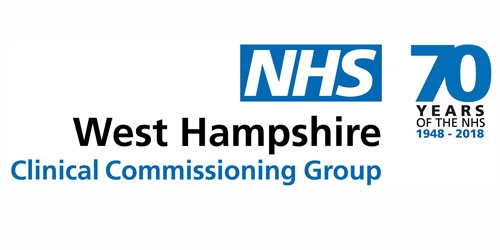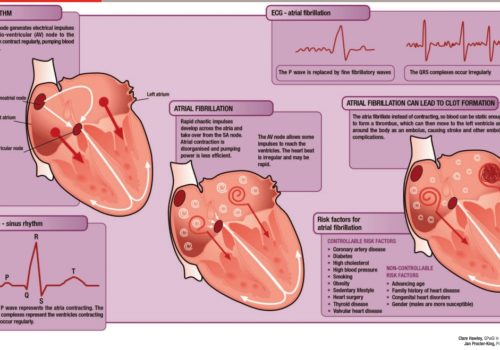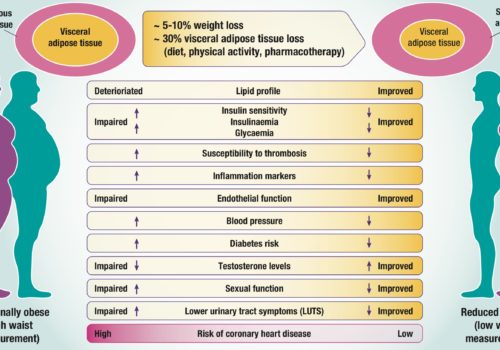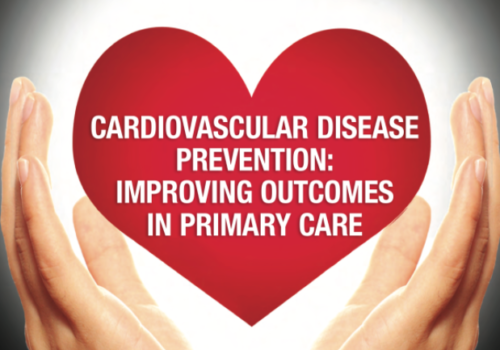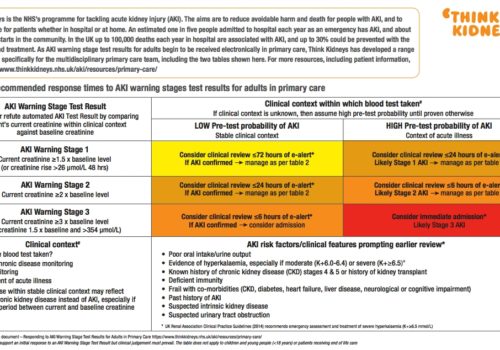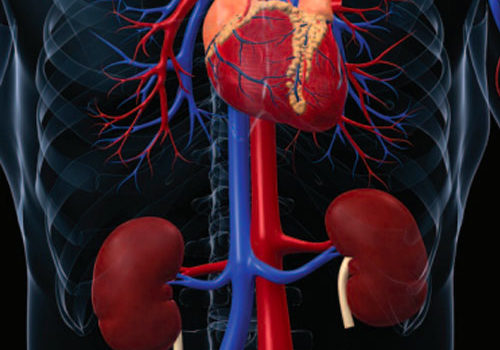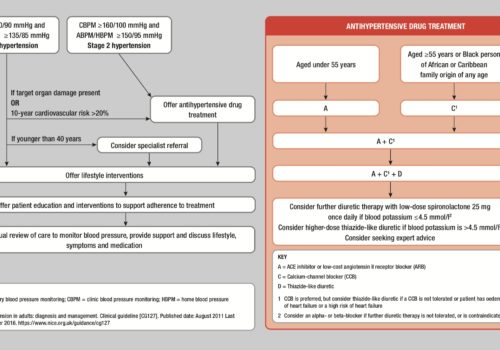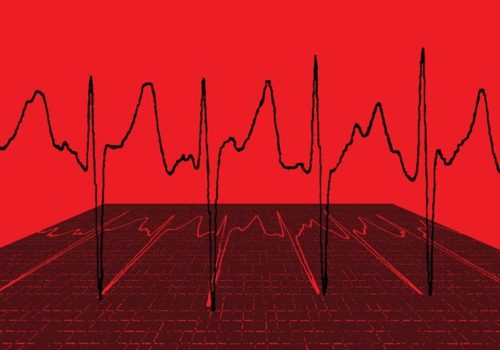In 2015 West Hampshire CCG (WHCCG) recognised that there was a significant burden of undiagnosed atrial fibrillation (AF), which was resulting in an excess of preventable strokes. This could be improved by the prescription of anticoagulation in those at increased risk.
Back to Basics: What goes wrong in atrial fibrillation?
Atrial fibrillation (AF) is the commonest sustained cardiac dysrhythmia, and an important risk factor for stroke and systemic thromboembolic events. This wall chart outlines AF risk factors, and compares AF with normal heart rhythm.
Back to Basics: Benefits of weight loss for cardiovascular health (updated January 2018)
This useful wall chart shows how just 5-10% weight loss improves important markers of cardiovascular health, including lipids, blood pressure, diabetes risk and inflammation.
Cardiovascular disease prevention: Improving outcomes in primary care
Cardiovascular disease (CVD) remains a significant cause of disability and death in the UK, and it is also a key driver of health inequalities. The burden of CVD is set to grow substantially with the ageing population and increasing prevalence of overweight and obesity. So It’s time to get serious about prevention, both through population-level […]
NHS Right Care: Improvement at scale and pace
NHS RightCare is a national NHS England-supported programme helping to ensure that the best possible care is delivered as efficiently as possible, and that this care is right for patients and will help ensure a sustainable NHS, now and for the future.
Cholesterol and cardiovascular risk
Raised blood cholesterol is a major risk factor in developing coronary heart disease and other cardiovascular diseases. Effective and well-tolerated lipid-lowering treatment improves outcomes for patients with elevated cholesterol, especially those with familial hypercholesterolaemia.
Back to Basics: Acute kidney injury in primary care
About one fifth of people admitted to hospital each year as emergencies have acute kidney injury (AKI), and about two thirds of AKI starts in the community. These two useful wallcharts provide essential advice for GPs and practice nurses on how to recognise and respond to AKI in adults.
Chronic kidney disease and cardiovascular risk
This article seeks to demonstrate the close relationship between cardiovascular disease and chronic kidney disease (CKD). It also highlights the importance of identifying people with CKD as a means of recognising people at high risk of both cardiovascular events and unplanned admissions.
Hypertension: Case finding in primary care
Hypertension is the most important single risk factor for cardiovascular disease (CVD). It affects over 25% of adults in England, but more than 5.5 million people remain undiagnosed. Although the number of adults with untreated hypertension has fallen, England’s performance still lags behind achievements in countries such as Canada and the USA, and there is scope for improvement.
Back to Basics: NICE hypertension care pathway
This useful wallchart gives at-a-glance advice on diagnosis and treatment of high blood pressure in adults, based on the most recent hypertension guidelines from NICE.
The rule of halves no longer applies, but let’s not get complacent
The first Health Survey England (HSE) in 1994 revealed a ‘rule of halves’ since only half of people with hypertension were diagnosed, of which half were treated and of those, only half were controlled. Have matters improved over the more than 20 years since the first HSE survey?
AF and stroke prevention: Case finding in primary care
Atrial fibrillation (AF) is the commonest sustained cardiac dysrhythmia, but is asymptomatic in about one quarter of patients. Case finding with subsequent assessment of the risk of stroke and bleeding are essential to ensure that the right patients receive appropriate intervention with oral anticoagulation.

